blog
Book Review: Taking Sides: Berlin and the Wall, 1974 by Sven Martson
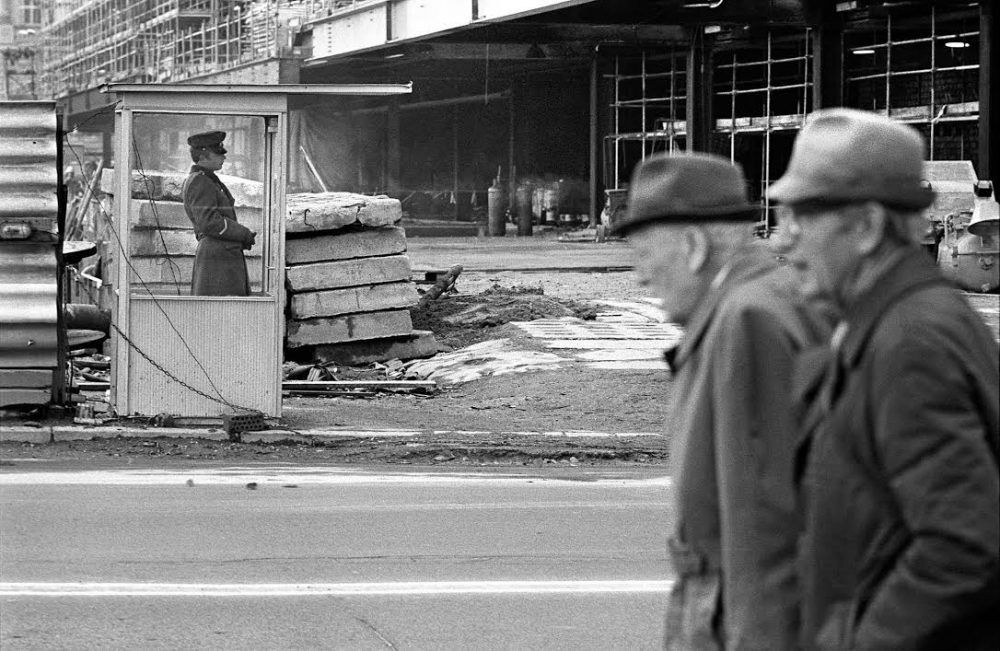
Taking Sides: Berlin and the Wall, 1974 contains many serendipitous images and glimpses of what life was like in Berlin in 1974. Martson’s black and white photographs of Berlin and its residents are an artful and skillful documentation of people living their lives on both sides of the Berlin Wall. He also presents an important historic document and intimate view of people living in a politically, and physically, segregated city. We see images of everyday life; children playing, street scenes in a large modern city, people shopping, work, play, boredom, and glimpses of the political elephant in the room – the Wall.
Martson’s images are even more poignant when viewed in the context of how a political viewpoint can divide rather than unify. A collective population of people who are more alike than different can become two polarized populations cast in opposition to the other; groups of people who are separated by imaginary lines drawn with a socio-political pen. In the author’s notes, Martson comments that the wall gave a particularly ugly form to the binary oppositions in human experience. Abstract economic and political ideologies were made real in the form of armed guard towers, land mines, razor-wire fences and an impregnable concrete barrier which divided a city, a country, and perhaps the perceptions of the world.
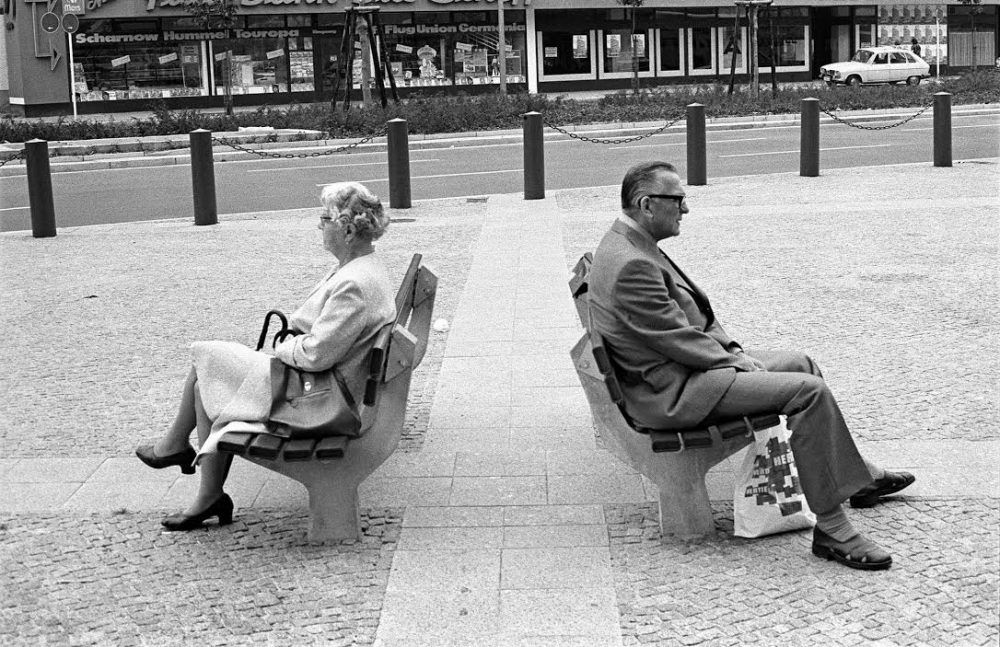
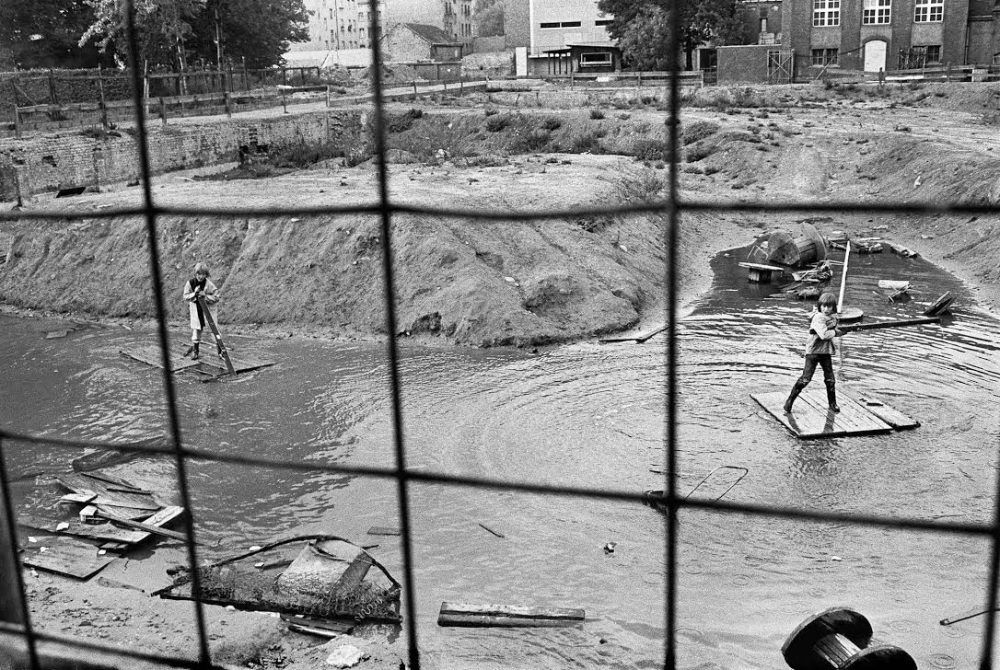
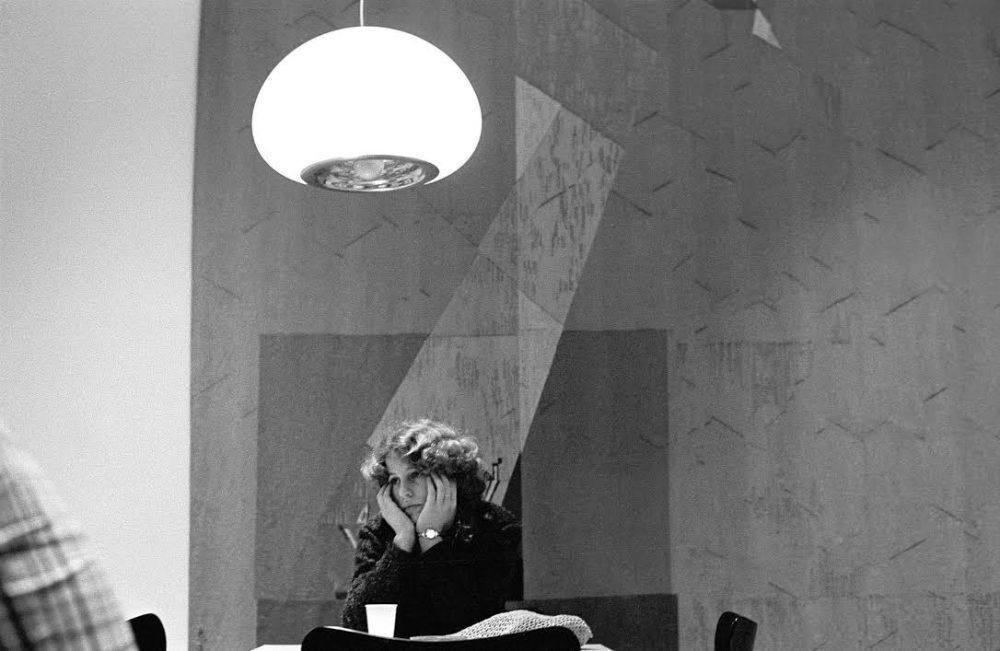
Martson’s parents were directly impacted by the Soviet occupied Estonia and Germany. “The radically redrawn borders of Germany and much of Europe after World War II forced my parents to flee their Soviet occupied homelands to seek freedom and opportunity in West Germany, and later in the United States,” Martson says. “Although my family has no direct connection to Berlin, I saw its stark division as a reminder and a concentrated symbol of the forces that drove my parents west to become American citizens.”
“In September of 1974, I traveled to West Berlin. It was a bright island of liberty surrounded by a dull gray wall, built not for its protection but to ensure its isolation. Fascinated by such an untenable design, I sought to record in photographs what I might find on either side of that historic divide. I spent a month walking the streets of Berlin taking pictures on either side of the Wall. I was not unbiased in my feelings toward Communist East Germany, yet I tried to avoid making political statements in favor of maintaining a documentary style.”
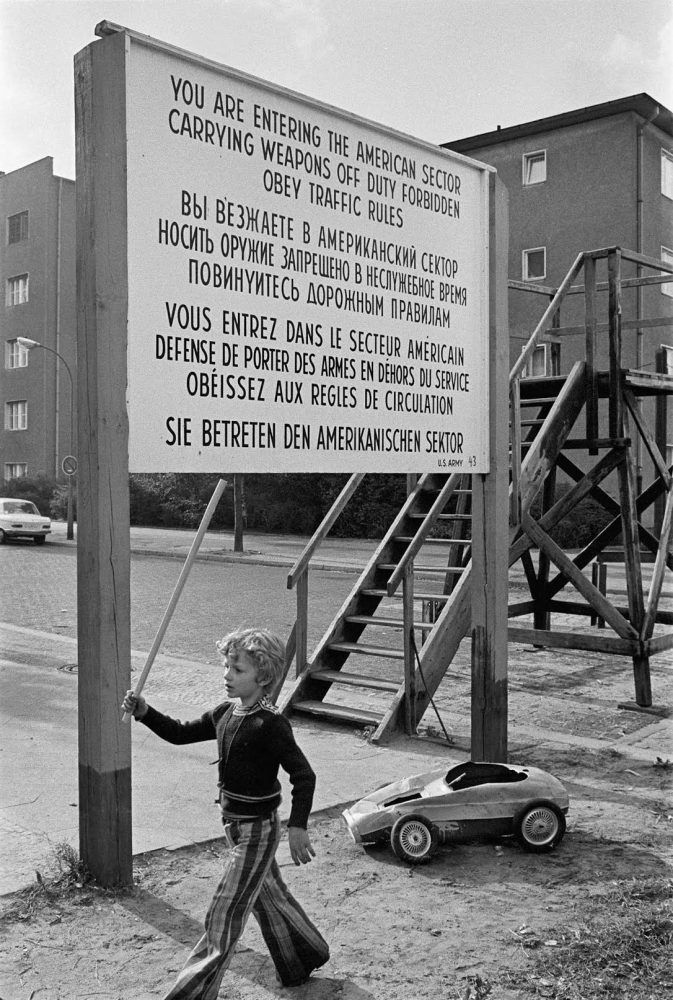
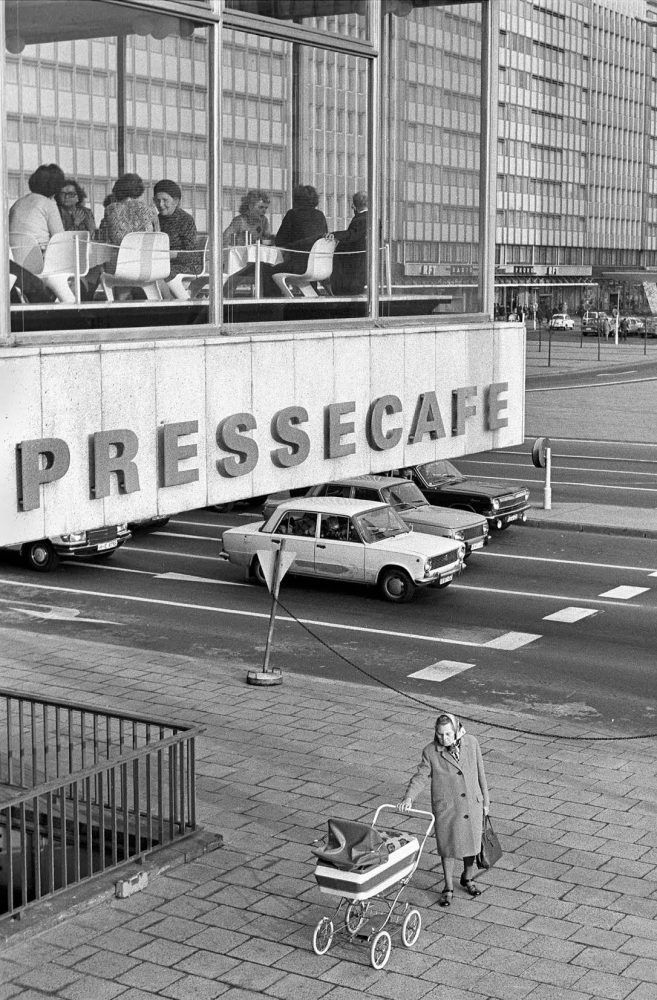
While I was only four years old in 1974, I can remember with clarity when the Berlin Wall fell in 1989. I watched live news coverage of joyous East and West Berlin citizens mingling atop the Wall, or taking turns smashing holes in the wall with sledgehammers. And later, heavy construction equipment pulled sections of the wall apart amidst a barrage of blinding light from thousands of cameras documenting the event. I knew I was watching one of the pivotal points in 20th century history.
We find ourselves at a point in history where leaders are again speaking of walls, which makes Martson’s book even more important. Now photographers have the opportunity to record, document and comment on history potentially repeating itself, in some sense, along the border of Mexico and the United States. Martson comments about current Berlin on his website, and this prompted questions in my mind of how we will look back at the result of a proposed U.S-Mexico border wall. On his site, Martson says, “After more than two decades of German reunification, the almost complete disappearance of the Wall has produced an entirely different Berlin. These photographs are now a historical record: a visual account of opposing ideologies in precarious accommodation.”
Precarious indeed.

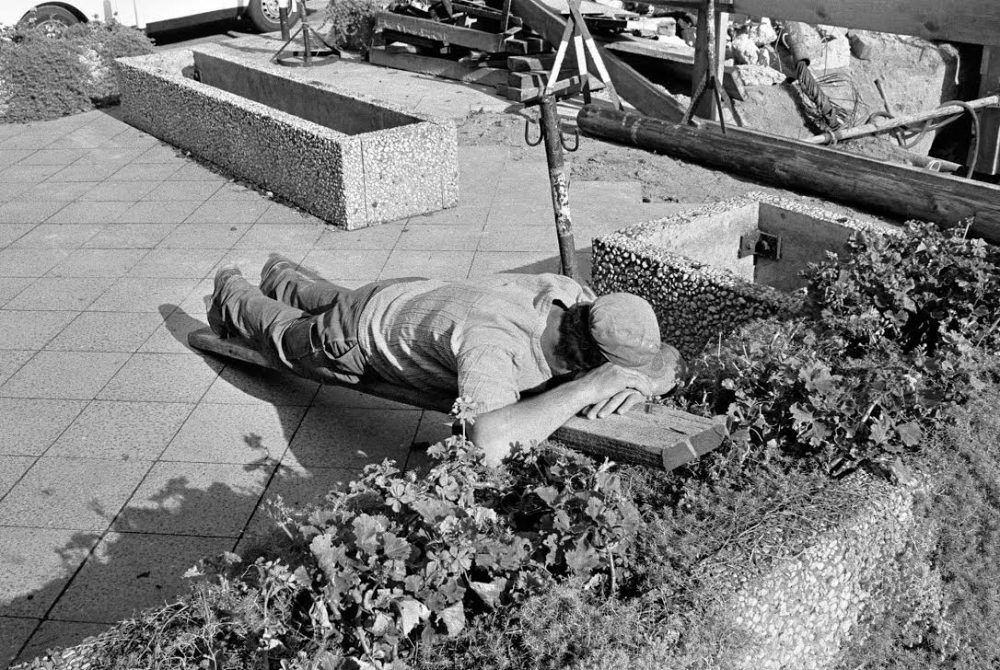
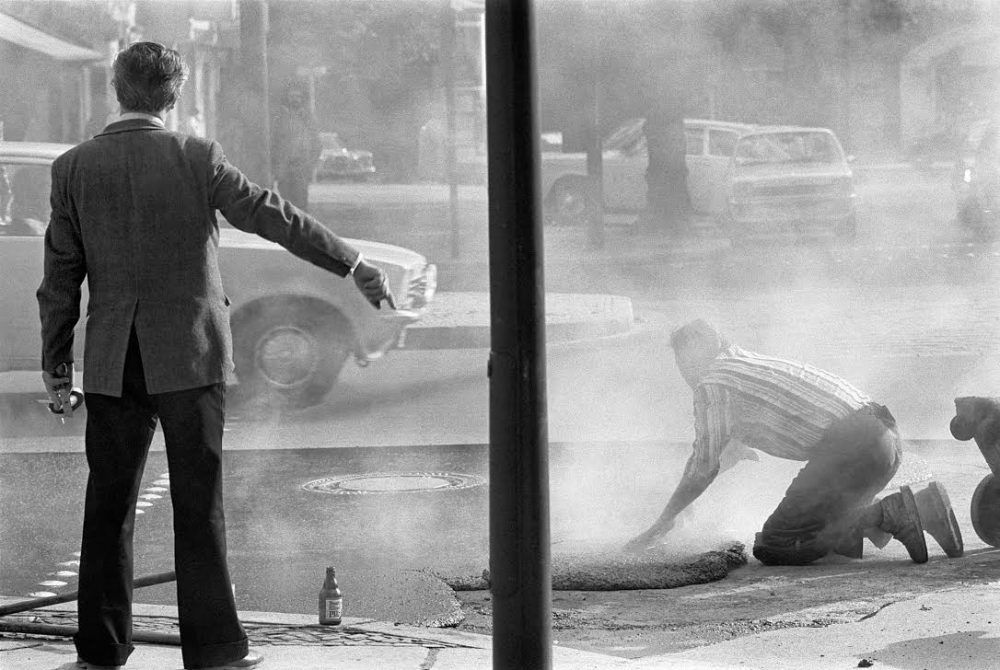
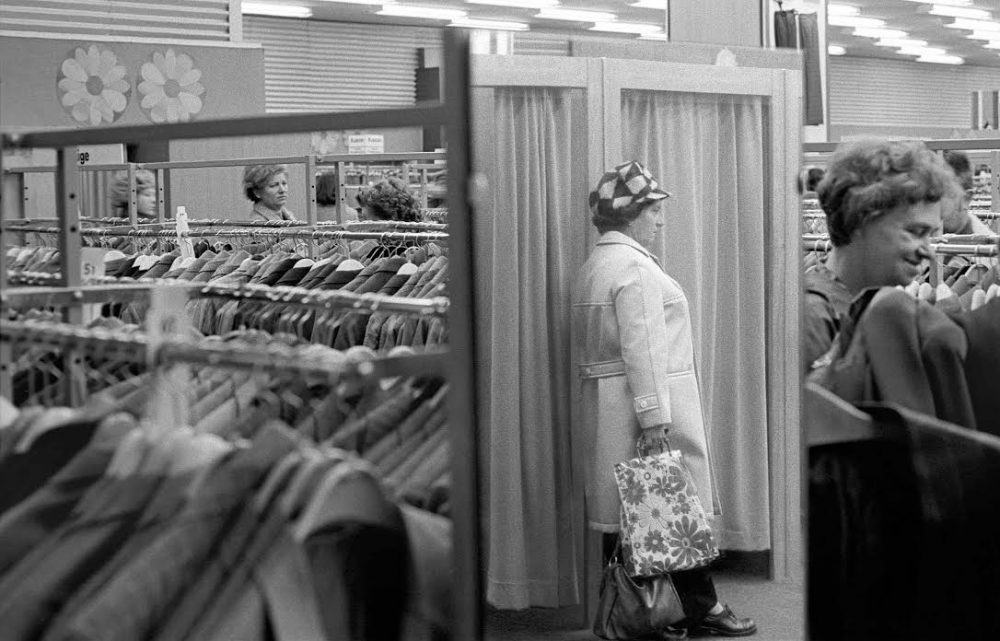
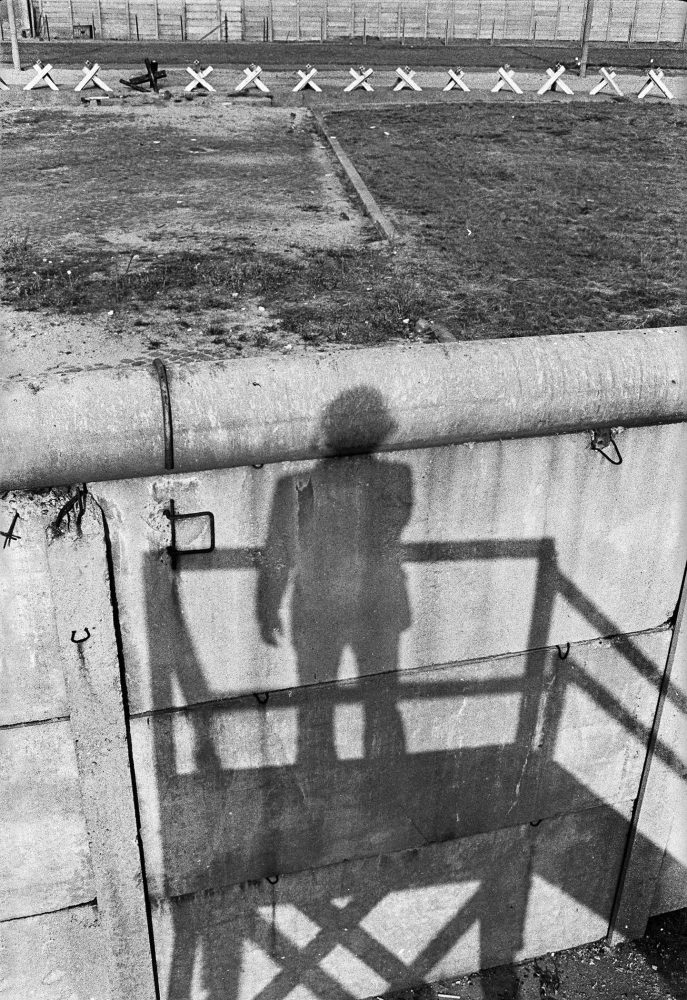
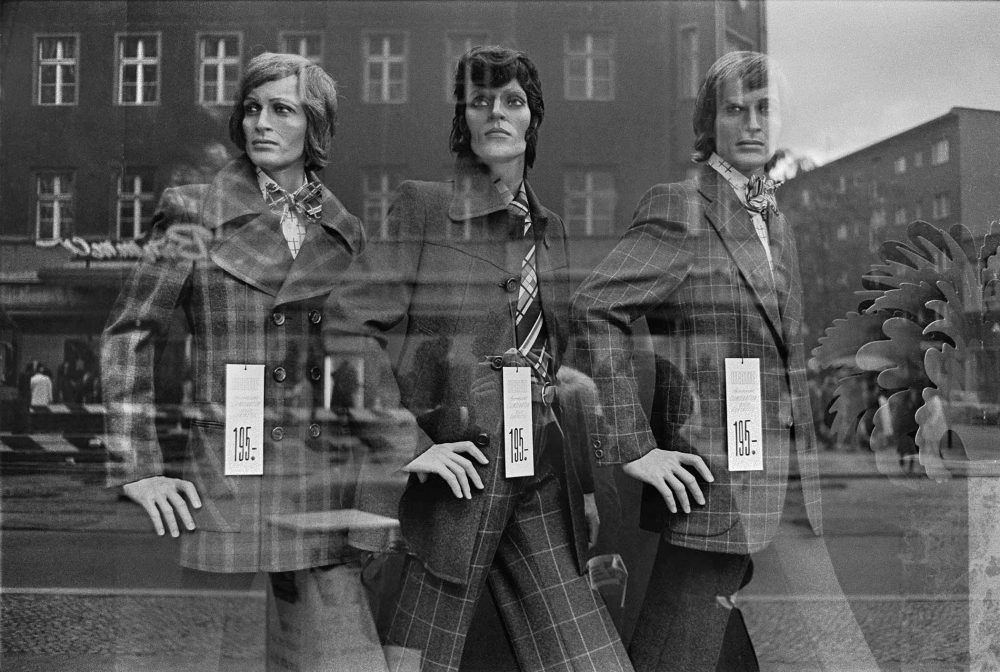
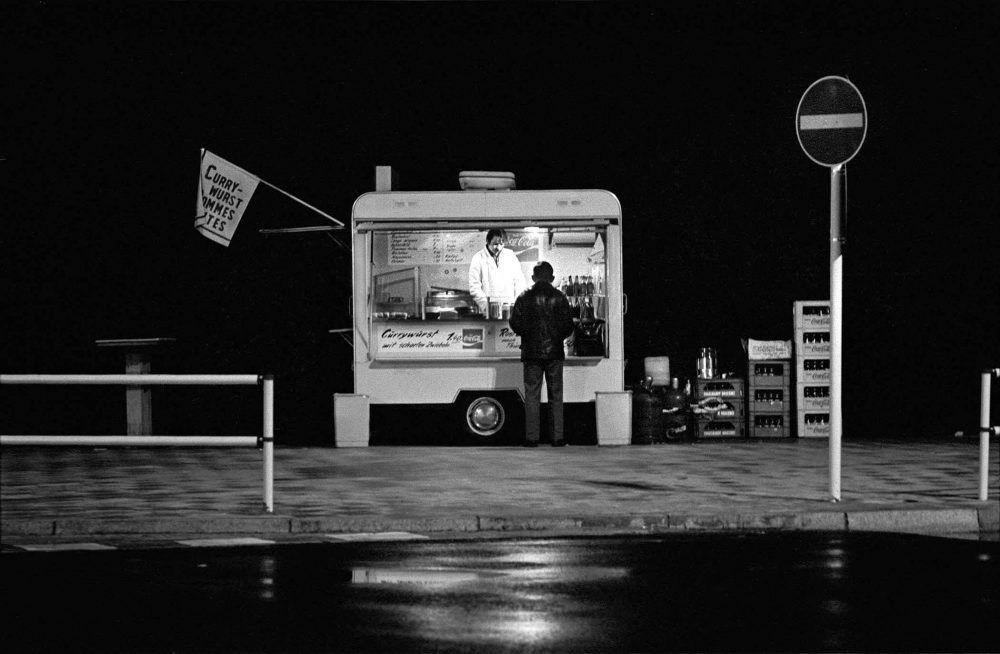

Taking Sides: Berlin and the Wall, 1974 by Sven Martson
Hardcover
Published by Lecturis
Language: English/German
ISBN-10: 9462262616
Sven Martson was born in Germany and raised in the United States. He received his BA from Syracuse University in 1970, and subsequent studies led to an interest in documentary style photography. In 1972 he met Walker Evans and worked under his direction, making prints from Evans’ negatives. After Evans’ death, Martson continued to print for the Evans estate.
Martson is an established editorial photographer, and he serves a wide range of independent educational institutions throughout the United States. Over the past thirty years he has traveled extensively, and exhibited in the United States and Europe. He is currently represented by the Kehler Liddell Gallery in New Haven, CT.
To view more work by Sven Martson, please visit his website at http://svenmartson.com/. To purchase a copy of Taking Sides: Berlin and the Wall, 1974, see the book listing here.
Location: Online Type: Book Review, Documentary
Events by Location
Post Categories
Tags
- Abstract
- Alternative process
- Architecture
- Artist Talk
- artistic residency
- Biennial
- Black and White
- Book Fair
- Car culture
- Charity
- Childhood
- Children
- Cities
- Collaboration
- Community
- Cyanotype
- Documentary
- Environment
- Event
- Exhibition
- Faith
- Family
- Fashion
- Festival
- Film Review
- Food
- Friendship
- FStop20th
- Gender
- Gun Culture
- Habitat
- Hom
- home
- journal
- Landscapes
- Lecture
- Love
- Masculinity
- Mental Health
- Migration
- Museums
- Music
- Nature
- Night
- nuclear
- p
- photographic residency
- Photomontage
- Plants
- Podcast
- Portraits
- Prairies
- Religion
- River
- Still Life
- Street Photography
- Tourism
- UFO
- Water
- Zine

Leave a Reply